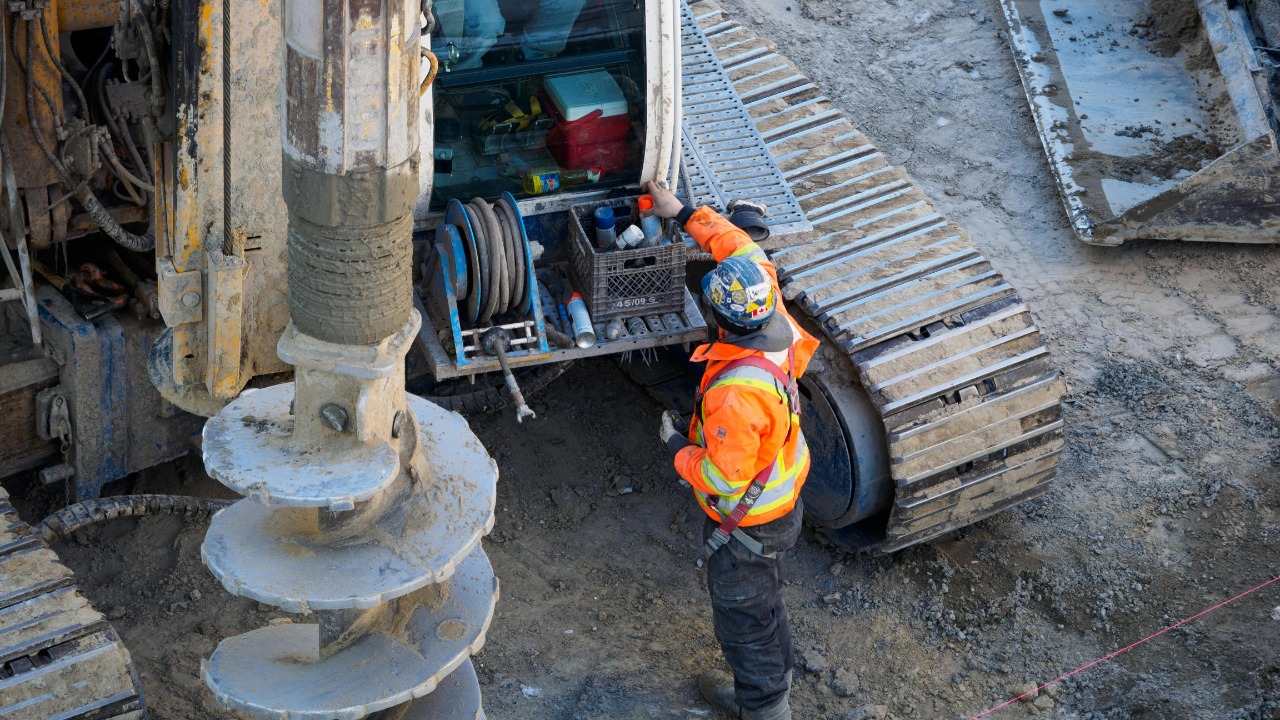
Scientists have made significant progress in drilling into the Earth’s crust, reaching unprecedented depths that bring them tantalizingly close to the mantle. This monumental feat aims to unlock secrets about Earth’s formation, its geological processes, and perhaps even clues about the origin of life. With advanced technology and international collaboration, researchers are on the brink of answering some of the most profound questions about our planet.
The Quest for the Mantle
The desire to drill into the Earth’s mantle has a long and storied history, with scientists persistently driven by the need to understand our planet’s internal workings. Past attempts, such as the famous Project Mohole in the 1960s, laid the groundwork for current endeavors by highlighting both the possibilities and challenges of deep Earth drilling. These early efforts underscored the mantle as a key to unraveling Earth’s mysteries, prompting further exploration and technological development.
Technological advancements have been crucial in pushing the boundaries of how deep we can drill. Innovations such as advanced drill bits capable of enduring extreme temperatures and pressures, as well as enhanced seismic imaging techniques, have opened new possibilities for probing deeper than ever before. These cutting-edge technologies are supported by international teams of scientists and engineers, all working toward the common goal of reaching the mantle.
Leading the charge are organizations like the International Ocean Discovery Program and various national science foundations. These groups bring together the best minds in geology, engineering, and environmental science to spearhead these ambitious projects, pushing the limits of what human ingenuity can achieve.
Challenges of Deep Earth Drilling
Drilling into the Earth’s crust presents formidable geological barriers. The crust’s varying thickness and composition create unpredictable challenges, from encountering hard rock formations to navigating fault lines. Each obstacle requires innovative solutions, often involving custom-designed equipment and real-time problem-solving by skilled teams.
Technical and financial hurdles are also significant. The immense cost of developing and deploying advanced drilling technology can be a limiting factor, necessitating substantial financial investment and international collaboration. These projects require not only money but also a deep commitment to scientific exploration, as the return on investment is measured in knowledge rather than immediate economic gain.
Environmental considerations cannot be overlooked in such projects. Drilling operations have the potential to impact local ecosystems, necessitating strict environmental protocols to minimize disruption. Researchers employ careful planning and monitoring to ensure that their quest for knowledge does not come at the planet’s expense.
Scientific Discoveries and Implications
Recent drilling efforts have provided unprecedented insights into Earth’s composition. By analyzing core samples, scientists can infer the mineralogy and temperature of the mantle, offering a clearer picture of the processes shaping our planet. These findings are crucial for refining models of Earth’s formation and evolution.
The implications for Earth sciences are profound. Understanding the mantle’s composition and behavior could revolutionize our grasp of plate tectonics, volcanic activity, and seismic events. Such knowledge is invaluable for predicting natural disasters and mitigating their impacts, ultimately enhancing our ability to safeguard human lives and infrastructure.
The search for life’s origins is another exciting aspect of deep Earth exploration. Discovering extremophiles—organisms that thrive in extreme conditions—could provide clues about how life began on Earth. By studying these life forms, researchers hope to unlock secrets about the origins of life, potentially informing the search for life beyond our planet.
International Collaboration in Earth Science
Global efforts and cooperation are the lifeblood of deep Earth drilling projects. Countries and institutions worldwide share resources, expertise, and data, driving these scientific missions forward. This collaborative spirit is exemplified by initiatives like the International Continental Scientific Drilling Program, which unites researchers in a common quest to understand our planet better.
Sharing knowledge and resources is fundamental to overcoming the substantial challenges posed by deep Earth exploration. By pooling their efforts, scientists can achieve more than any single entity could alone, demonstrating the power of collaboration in advancing human understanding.
Looking to the future, the potential for upcoming projects and long-term goals in Earth exploration is vast. As technology continues to advance, so too will our ability to delve deeper, uncovering even more about the mysteries that lie beneath our feet.
The Future of Deep Earth Exploration
Technological advancements will continue to play a critical role in the future of deep Earth exploration. Emerging technologies like autonomous drilling systems and enhanced geophysical imaging will further enhance our capabilities, allowing us to probe deeper and with greater precision.
Expanding scientific horizons is an inevitable outcome of these explorations. As we gain more profound insights into Earth’s internal structure, new research areas will emerge, prompting fresh inquiries into geological processes and the conditions necessary for life.
Ultimately, these monumental projects serve to inspire the next generation of scientists and engineers. By pushing the boundaries of what is possible, they ignite curiosity and ambition in young minds, ensuring that the quest to understand our planet will continue for generations to come.